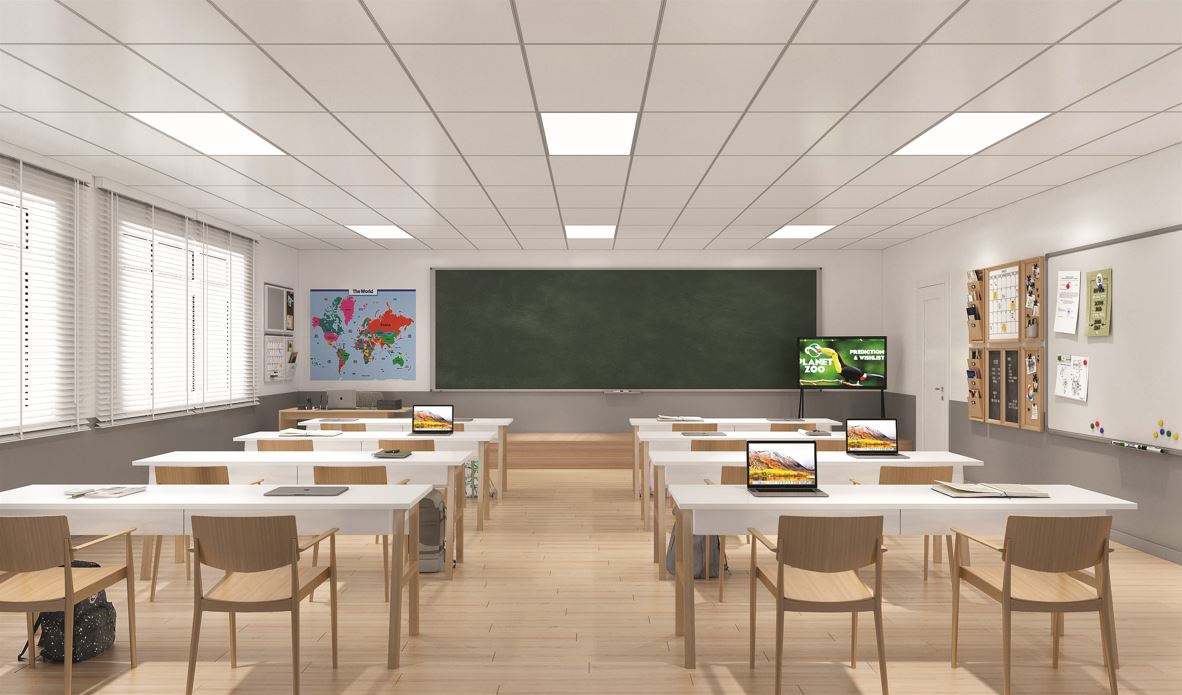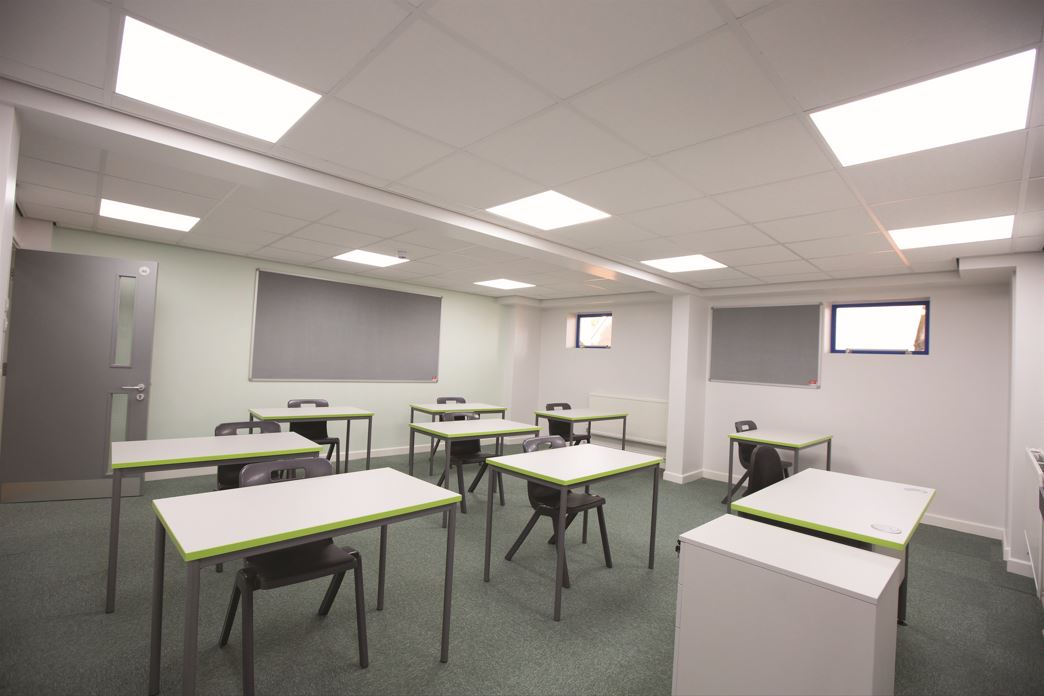
James Foster, OCTO National Sales Manager for Ansell Lighting, looks at how to create an interoperable environment that delivers truly smart lighting to projects
Smart lighting systems have delivered huge benefits to organisations since their creation and are, importantly, having a huge impact on the reduction of energy bills and carbon emissions across all sectors. Suitable for both internal and external lighting circuits, smart lighting can be used to control illumination in all spaces including classrooms, lecture theatres, administrative areas, playgrounds, car parks and sports facilities. Responsive and adjustable, the automated technology ensures that lighting is used only where and when it is needed, reducing wasted energy use and its associated financial and environmental costs.
Smart lighting can also have a huge impact on student wellbeing, creativity and alertness. For example, lighting hues can be pre-set to support individuals to perform at their best, moving from a cooler lighting temperature which helps student feel alert, productive and focussed, to a warmer hue to promote creativity. Something that is a huge benefit for facilities managers and other individuals concerned with the running of educational buildings is that smart technology is also hugely measurable. Recent advances in equipment mean that many smart lighting solutions now come with dashboard controls which can accurately measure lighting energy usage in real time, giving a clear view of lighting-based energy consumption data across one building or an entire portfolio. This allows usage to be accurately evaluated and opportunities to reduce unnecessary use to be identified. The benefits of smart lighting system are boundless but if a system is to be truly efficient and long-lasting achieving interoperability is key.
This means creating an environment where systems and devices, produced by different manufacturers, use common communication protocols to work together seamlessly to deliver a truly smart, lighting scheme. One such standard is the Zigbee wireless protocol. Widely used in smart home and building automation systems, Zigbee is a low-power wireless protocol that is designed to be interoperable across different devices and systems. It operates on the 2.4 GHz frequency band and can support up to 65,000 devices on a single network. Another popular wireless protocol is Bluetooth mesh, which is designed specifically for the Internet of Things (IoT). Bluetooth mesh operates on the same 2.4 GHz frequency band as Zigbee and can support up to 32,000 devices on a single network. Bluetooth mesh is particularly well-suited for lighting applications, as it offers low latency and high reliability. In addition to wireless protocols, smart lighting systems can also use sensors and triggers to achieve interoperability.
Sensors can detect changes in the environment, such as occupancy or ambient light levels, and trigger actions such as turning lights on or off. Triggers can be used to initiate actions based on specific events, such as a door opening, or a motion sensor being triggered. Using cloud-based services is another approach that can be considered to help manage and control different devices and systems. Cloud-based services can provide a central point of control for multiple devices and systems, making it easier to achieve interoperability. Whatever technology is selected, achieving interoperability in smart lighting requires a collaborative approach between all stakeholders involved in the design and use of the building. Specifying a truly interoperable system from the start will ensure that its benefits are harnessed for the long-term future.
